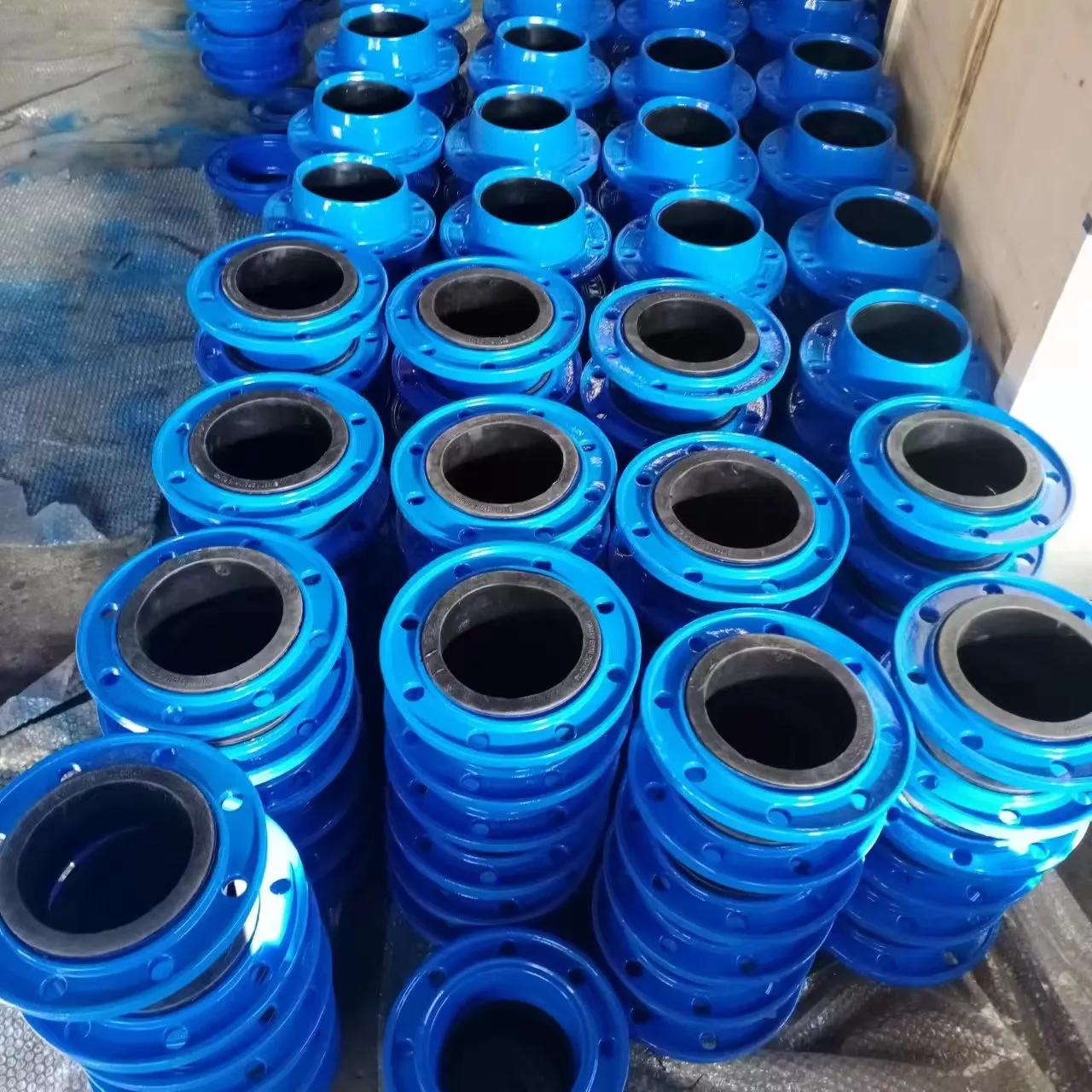exhaust butterfly valve actuator
Exhaust Butterfly Valve Actuator Essential Components for Efficient Engine Management
The exhaust butterfly valve actuator plays a critical role in modern automotive and industrial engine management systems. Acting as an intermediary between the vehicle’s engine control unit (ECU) and the exhaust system, this actuator ensures optimal performance by precisely regulating exhaust flow. Understanding its function, components, and importance can provide valuable insight into how efficient engine management systems operate.
Understanding the Exhaust Butterfly Valve Actuator
The exhaust butterfly valve itself is a crucial component located in the exhaust system of internal combustion engines. Its primary function is to control the volume of exhaust gases that bypass the primary exhaust path. This is achieved by opening or closing the valve to either allow a free flow or restrict it, thereby influencing the back pressure within the exhaust system. The actuator manages the position of this valve, often in response to signals from the ECU based on various parameters such as engine speed, load, and temperature.
The actuator can be classified into two main types electric and pneumatic. Electric actuators are increasingly popular due to their precision, responsiveness, and ease of integration with advanced electronic systems. Pneumatic actuators utilize compressed air to drive the valve, making them suitable for specific industrial applications. Regardless of the type, the actuator must respond swiftly and accurately to changes in driving conditions to ensure optimal engine performance.
Key Components of an Exhaust Butterfly Valve Actuator
1. Motor or Pneumatic System The core of the actuator is either an electric motor or pneumatic system, which provides the necessary force to open or close the butterfly valve. In electric actuators, stepper motors are often used for their precision control.
2. Position Sensor Monitoring the position of the valve is critical for maintaining optimal engine performance. A position sensor sends feedback to the ECU, ensuring the valve is in the correct position based on the engine’s operational requirements.
exhaust butterfly valve actuator

3. Control Unit The actuator is controlled by the ECU, which processes various sensor inputs (such as throttle position and engine load) to determine the optimal position of the exhaust butterfly valve. Advanced control algorithms allow for real-time adjustments, optimizing engine efficiency.
4. Linkage Mechanism This component translates the actuator’s movement into motion at the valve. It must be robust and reliable, capable of withstanding high-temperature and high-pressure conditions prevalent in exhaust systems.
5. Sealing Mechanisms Proper sealing is essential to prevent exhaust leaks, which can significantly reduce engine performance and increase emissions. High-quality seals ensure longevity and durability in harsh operating conditions.
Importance of the Exhaust Butterfly Valve Actuator
The efficient management of exhaust flow has a direct impact on engine performance and emissions. By modulating the exhaust flow, the actuator aids in improving throttle response, enhancing turbocharger performance, and optimizing fuel efficiency. Moreover, it plays a vital role in emission control systems, helping vehicles meet stringent environmental regulations by minimizing harmful exhaust emissions.
In high-performance applications, such as racing or sport cars, the actuator enables the quick adjustment of exhaust flow, facilitating features like better acceleration and improved engine sound. In industrial contexts, such as power generation, controlling exhaust flow can lead to more efficient combustion processes and energy production.
Conclusion
In conclusion, the exhaust butterfly valve actuator is a vital component that significantly contributes to engine management and performance. Its ability to control exhaust flow ensures efficient operation, improved fuel economy, and reduced emissions. As technology advances, the integration of more sophisticated actuators will likely continue to enhance engine performance and compliance with environmental standards, making them an indispensable part of modern automotive and industrial systems. Understanding the intricacies of this actuator will help engineers and designers create even more efficient vehicles and systems in the future.
-
The Smarter Choice for Pedestrian AreasNewsJun.30,2025
-
The Gold Standard in Round Drain CoversNewsJun.30,2025
-
The Gold Standard in Manhole Cover SystemsNewsJun.30,2025
-
Superior Drainage Solutions with Premium Gully GratesNewsJun.30,2025
-
Superior Drainage Solutions for Global InfrastructureNewsJun.30,2025
-
Square Manhole Solutions for Modern InfrastructureNewsJun.30,2025
-
Premium Manhole Covers for Modern InfrastructureNewsJun.30,2025
